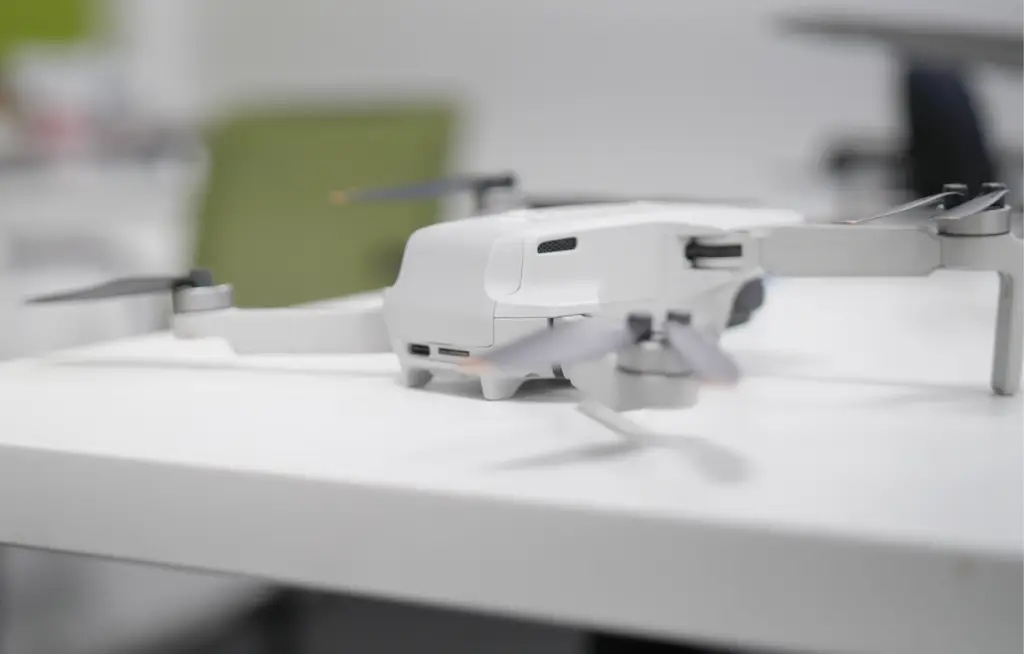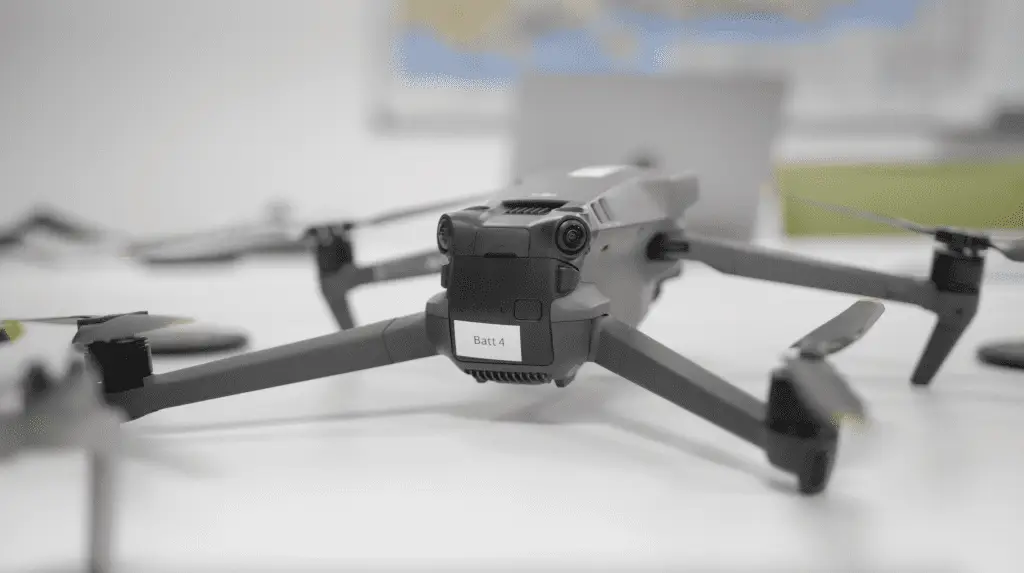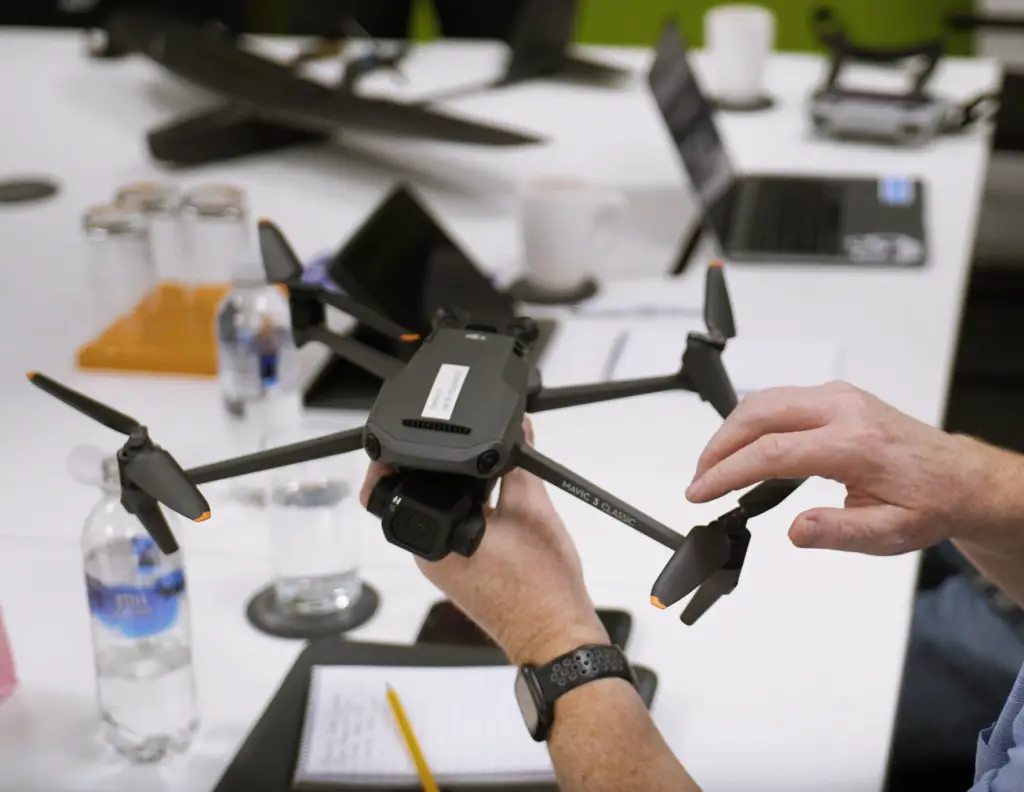Counter UAS
Overview

Drones have become incredibly popular and useful in many sectors, from delivering packages to capturing aerial footage.
However, as with any emerging technology, drones can also present certain risks and threats, particularly when used improperly or with malicious intent. These threats highlight the need for counter-drone systems to ensure public safety, security, and privacy.
Potential Threats Posed by Drone Technology
SAFETY RISKS TO AIRCRAFT
Drones can operate at altitudes similar to those of manned aircraft, particularly in busy areas near airports or airfields. If a drone were to collide with an aircraft, it could lead to dangerous situations for passengers and crew.
Disruption of Public Events:
Drones have the potential to disrupt public events, especially large gatherings. A drone flying overhead could be distracting, dangerous, or cause panic, particularly if it flies too low or enters restricted airspace without permission.
USE for Malicious Purposes
Drones can be used for illegal activities, such as smuggling contraband into secure areas, disrupting critical infrastructure like airports or power stations, or even carrying weapons. These potential threats make drones a serious security concern, particularly in sensitive or restricted areas.
PRIVACY INVASION
Drones equipped with cameras can easily fly over private property, capturing images or videos without consent. This raises concerns about privacy, especially in residential areas or private spaces where individuals expect to be left undisturbed.
INTERFERENCE WTH EMERGENCY SERVICES
Drones in restricted airspace can interfere with emergency services, such as firefighting operations, police surveillance, or search and rescue missions. If a drone flies too close to these activities, it could create accidents or delay vital response times.
Leading into
Counter-UAS Systems
Given these risks, it is clear that drone technology must be carefully managed to ensure it is used safely and responsibly. This is where Counter-Unmanned Aerial Systems (Counter-UAS) come into play. Counter-UAS technologies are specifically designed to detect, track, and neutralise drones that pose a threat to safety, security, or privacy.

Counter-UAS systems employ a range of methods, such as radar, radio frequency detection, and even jamming technologies, to identify and disrupt unauthorised drone activity. These systems help ensure that drones are used for their intended, safe purposes, while preventing misuse or accidents.
In the security sector this can be a big threat.
Our Level 2 Low Airspace Awareness Course is now available as an introduction to this subject.
INTRODUCING THE CORTEX ACADEMY FROM STELA
We have developed the Cortex Academy™ to specialise in developing the knowledge and capabilities of security personnel .

TOPICS INCLUDE:
- The Drone Code
- What a drone is and how it works
- Counter-drone technologies
- Legal and ethical considerations when encountering drones within low airspaces
- Current and potential threats
- Threat assessments and risk management in relation to drones in low airspaces
- Practical applications and continuous development of low airspace security
